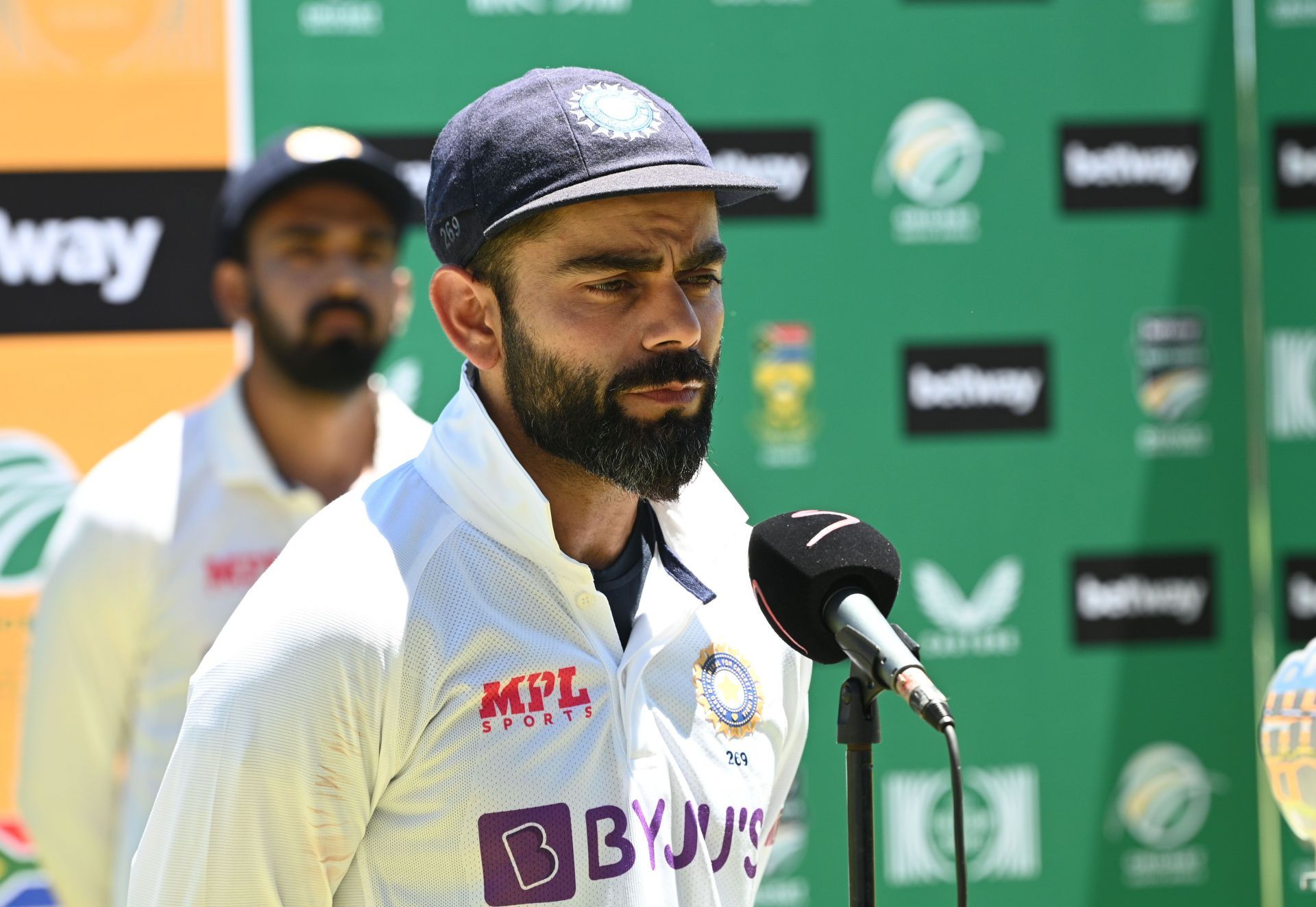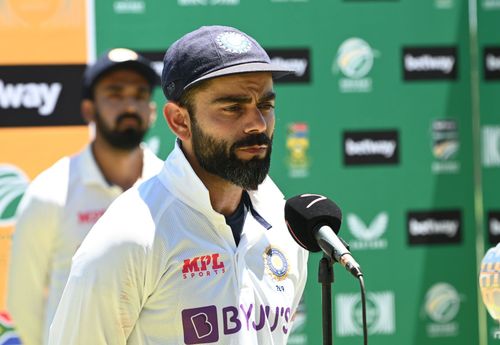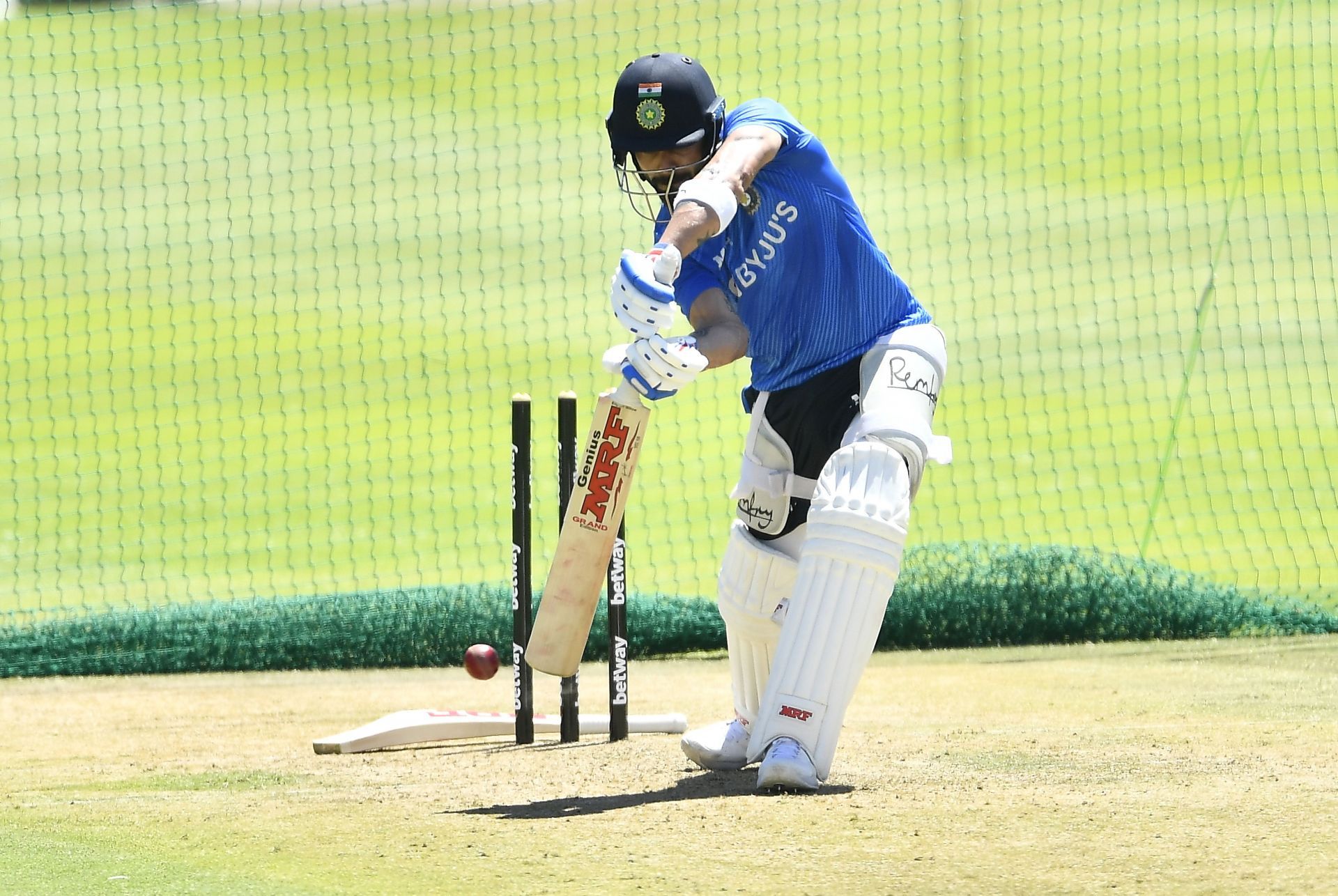
Virat Kohli's resignation opens up a debate that should never have happened

A couple of days ago, Virat Kohli shook the cricketing community to its core when he decided to step down as India’s Test captain. This decision, apart from taking aback almost everyone invested in the sport, also came hours after the Men In Blue were humbled by a relatively inexperienced South African outfit – a team many felt India should’ve thumped, even away from home.
In a nutshell, though, that illustrates the heights Kohli has taken the Indian team to. When he took over, India were languishing in the lower trenches of the ICC Test Rankings and each Test in a SENA country (Australia, England, New Zealand and South Africa) seemed a foregone conclusion.
While Kohli was significantly helped by several key players – the likes of Ajinkya Rahane, Cheteshwar Pujara, Ishant Sharma, Jasprit Bumrah, Mohammed Shami, Ravichandran Ashwin, Ravindra Jadeja and Rohit Sharma – entering their prime, there was no denying that the former Royal Challengers Bangalore captain had brought about a different mindset – a mindset that always prioritized victory over just a respectable performance.
Virat Kohli's men lost to South Africa recently
From that standpoint alone, it seems that Kohli and his troops flattered to deceive on their most recent tour to the rainbow nation – much like they did in 2018. Back then, the Indian side were expected to cause the odd flutter against a strong South African team. This time, anything but a convincing series victory would’ve been viewed as a failure.
That, to an extent, possibly explains why the right-handed batter resigned as captain from the longest format. This decision, by the way, wasn’t pre-empted by many and was considerably different to the announcement he made when stepping aside as T20I skipper.
While the latter was looked upon as a move that would help Kohli concentrate on Test cricket, the former seems more injudicious with every passing moment. Not just because of the sheer surprise factor attached to it, but also because the timing of it isn’t really ideal.
Over the years, India have fiddled with the idea of split captaincy. Courtesy of the cricket the country plays, the idea has also been discussed enough for it to come to fruition. Yet, it has not seen the light of day.
From that perspective, Kohli giving up captaincy in all formats (he was sacked as ODI captain by the way) suits the Indian cricket ecosystem, considering they can now look at someone like Rohit Sharma to lead the side in all formats.
That, though, is precisely where the problem lies. Not only because Rohit’s workload needs to be managed, but also because a split captaincy scenario would be created again if the Mumbai Indians skipper were to not be appointed captain.
Rohit has endured quite a run-in with injuries. For all the success that India have enjoyed overseas, the right-handed batter featured only towards the end of the 2020-21 series against Australia.
He had missed India’s 2018-19 installment Down Under and had also been absent when the Men In Blue toured New Zealand in early 2020. For those unaware, the MI batter was also not part of the side that recently faced South Africa.
So there is a clear pattern of Rohit being unable to stay fit throughout the season, especially in Test cricket. That most of these injuries have been soft-tissue injuries (hamstrings mainly) tells you that it would be slightly naïve to expect him to turn up for every game as India’s all-format captain. Rohit will turn 35 in April 2022 too, hinting that he might not be as long-term an option as it once seemed.
The initial rebuttal could be to not hand him the Test reins and continue with him as white-ball captain. But if that happens, it would open up the split captaincy can of worms that India has been trying to distance itself from.
A case could be made for someone like KL Rahul to assume responsibility in a year or so, considering the white-ball tournaments. The T20 World Cup in 2022 and the ICC Cricket World Cup in 2023 are high-priority events, and Rohit simply has to lead India into those competitions. That, though, is also riddled with its fair share of obstacles because changing captains at the drop of a hat, at least in Test cricket, isn’t very advisable.
Additionally, Rahul hasn’t really set the world alight with his captaincy skills so far. His tenure at the Punjab Kings (Kings XI Punjab previously) left much to be desired and his audition in Johannesburg reeked of indecisiveness and a slight lack of game-awareness.
He can grow into the role because, well, he is a smart cricketer and a quick learner. The question, however, is how long a rope India can give a captain to find his feet, especially as another ICC World Test Championship cycle threatens to pass them by.
The aforementioned quandary could’ve been solved had Rahane been scoring truckloads of runs. He has captained India in the longest format previously and was instrumental as they produced a stirring comeback against Australia in 2020-21.
But he has not been able to buy a run in the past couple of years. He has averaged 20.25 since the start of 2021 (15 matches) and has also been dropped 15 times during that period, indicating that he should, ideally, not even qualify as a certainty, let alone skipper the Indian team.
The other left-field options could be Bumrah and Rishabh Pant. While the latter has had recent experience of captaining a side (Delhi Capitals), the former seems an extremely thoughtful cricketer who boasts enough tactical and technical nous to outwit oppositions.
But if either of them is installed in Kohli’s stead, it would again lead to split captaincy. Bumrah’s workload, much like Rohit’s, also needs to be managed with the T20 World Cup and the fifty-over World Cup in close proximity, meaning that another juggling act will have to be manufactured.
As for Pant, his performances have always been cast under the scanner – quite often, for no fault of his. He has long been viewed as the next MS Dhoni and the slightest mistake has led to people dubbing him overrated and other words of a similar ilk.
He could, as he has done at the Capitals, fit into the role like a glove. The extra responsibility could even add another string to what is becoming a very burgeoning bow. But it could also curb his natural instincts and reduce him to just another wicket-keeper batter.
X-Factor is, quite regularly, an overused term in high-level sport. Not many, however, epitomize it as much as Pant. Making Pant the captain can be as close to feeling the double-edged nature of that particular sword. Hence, the question that needs to be asked is if India are ready to take that risk, knowing that it could rid them of a very special player.
So, with each passing minute, it seems that Kohli’s decision, which has been lauded because he has chosen to concentrate on his batting after helping India experience the peaks they could only dizzily dream of before his ascent, might not be as prudent. If anything, it has placed Indian cricket in a greater pickle than it was when he left the T20I captaincy.
In that situation, India had a ready-made replacement in Rohit – a replacement who, courtesy of his record, warranted a crack at the top job, irrespective of what the previous captain (Kohli in this case) had done.
The other difference to past transitions is that those seemed well-thought out rather than impulsive. While Kohli would have definitely spent hours contemplating whether he was doing the right thing (no one is denying that too), the after-effects on Indian cricket make it fall into the latter category.
When Rahul Dravid (now head coach) withdrew from his post as all-format captain, Dhoni had already won the T20 World Cup, and Anil Kumble was placed adequately to take over until the Chennai Super Kings captain was ready for Test captaincy.
Dhoni did something similar in Australia in 2014-15. Kohli had, by then, become the de facto heir to the wicket-keeper’s throne – both as the poster boy of Indian cricket and as the captain (across formats).
Skeptics would say that Dhoni and Kumble abandoned their posts mid-way through a series and that Kohli has, at least, maintained his dignity by quitting after a rubber has attained closure. The bare fact, though, remains that India – both in 2008 (when Kumble retired) and in 2014-15 (when Dhoni retired) were better-placed for an inevitable transition.

Kohli will go down as arguably the best Indian Test captain
Kohli has, over the past seven years, distinguished himself as one of the best Test captains to have ever played for India. Many will opine that he is the best to have ever graced these shores. That won’t be argued much either.
But this decision to walk away could, to an extent, be one of the few lows he has made Indian cricket endure. There is nothing wrong with prioritizing yourself and keeping your primary skill at the forefront.
It’s just that Kohli has always put the collective ahead of himself and this entire saga has left the floor open for a debate that should never have happened.